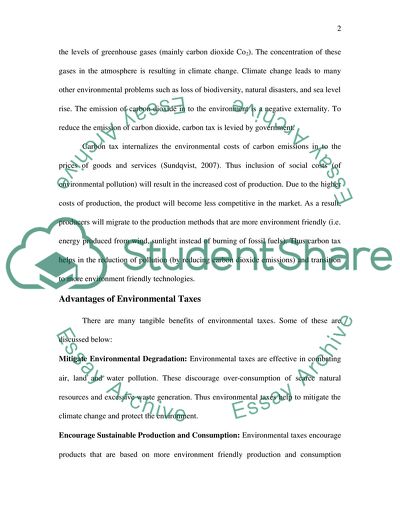Cite this document
(Environmental Taxes Regulation Coursework Example | Topics and Well Written Essays - 1500 words, n.d.)
Environmental Taxes Regulation Coursework Example | Topics and Well Written Essays - 1500 words. https://studentshare.org/environmental-studies/1731144-environmental-taxes
Environmental Taxes Regulation Coursework Example | Topics and Well Written Essays - 1500 words. https://studentshare.org/environmental-studies/1731144-environmental-taxes
(Environmental Taxes Regulation Coursework Example | Topics and Well Written Essays - 1500 Words)
Environmental Taxes Regulation Coursework Example | Topics and Well Written Essays - 1500 Words. https://studentshare.org/environmental-studies/1731144-environmental-taxes.
Environmental Taxes Regulation Coursework Example | Topics and Well Written Essays - 1500 Words. https://studentshare.org/environmental-studies/1731144-environmental-taxes.
“Environmental Taxes Regulation Coursework Example | Topics and Well Written Essays - 1500 Words”. https://studentshare.org/environmental-studies/1731144-environmental-taxes.


